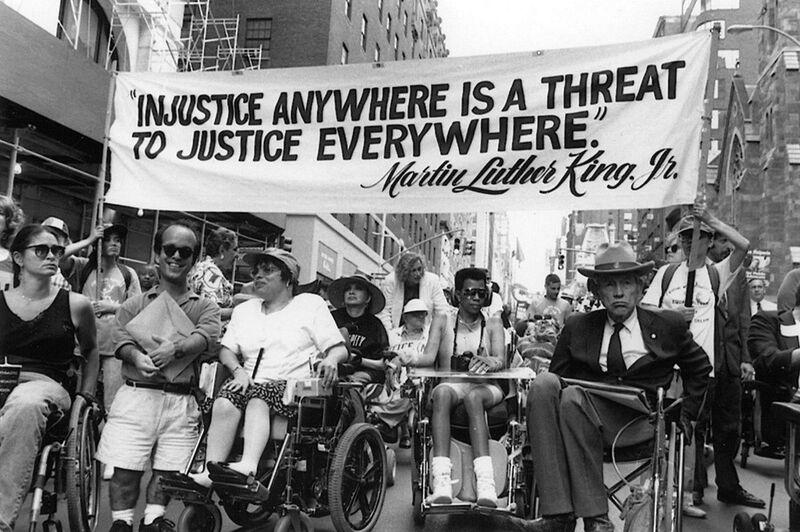From UPSC perspective, the following things are important :
Prelims level: Alternative dispute resolution
Mains level: disability rights

Central Idea:
Structured negotiation is an effective and collaborative approach for resolving disputes, particularly in disability rights cases. It emphasizes a win-win situation where defaulting service providers avoid the drawbacks of litigation, and complainants achieve barrier-free access to services.
Key Highlights:
- Success in addressing issues like inaccessible ATMs, point of sale devices, and websites.
- Convincing major companies like Walmart, CVS, and Caremark to create accessible prescription bottles.
- Driving institutional reform for more accessible voting machines and websites.
- Win-win situation: Service providers avoid litigation costs, complainants gain accessible services.
- Relies on a strong body of disabled-friendly legal precedents for success.
Key Challenges:
- Red tape and bureaucracy in Indian civil courts dissuading traditional dispute resolution methods.
- PayTM incident highlights the challenge of real-time accessibility and constant vigilance.
- Success depends on the willingness of service providers to prioritize the needs of persons with disabilities.
Key Terms:
- Structured negotiation
- Disability rights, Litigation
- Accessibility
- Compliance
- Win-win situation
- PayTM
- Alternative dispute resolution
Key Phrases:
- “Win-win situation”
- “Barrier-free participation in the marketplace”
- “Constant vigilance and user inputs”
- “Level of priority from service providers”
- “Enormous buying capacity of persons with disabilities”
Key Quotes:
- “Optimism is the faith that leads to achievement.” – Helen Keller
Key Statements:
- Structured negotiation offers a pathway for businesses to ensure accessibility without litigation.
- Red tape in Indian civil courts poses a challenge to traditional dispute resolution.
Key Examples and References:
- Walmart, CVS, and Caremark creating accessible prescription bottles.
- CCPD directing PayTM to make its mobile applications accessible.
Key Facts:
- Success in addressing issues related to ATMs, point of sale devices, and websites.
- PayTM incident revealing challenges in real-time accessibility.
Critical Analysis:
Structured negotiation’s success relies on creating a strong foundation of disabled-friendly legal precedents. The challenges of bureaucracy and the need for constant vigilance in real-time accessibility highlight the potential limitations. The willingness of service providers to prioritize persons with disabilities is crucial for the model’s effectiveness.
Way Forward:
Businesses in India should prioritize the needs of disabled users and consider structured negotiation as a powerful step. The enormous buying capacity of persons with disabilities should be recognized, urging businesses to embrace accessibility for both legal compliance and economic benefits.
Get an IAS/IPS ranker as your 1: 1 personal mentor for UPSC 2024
